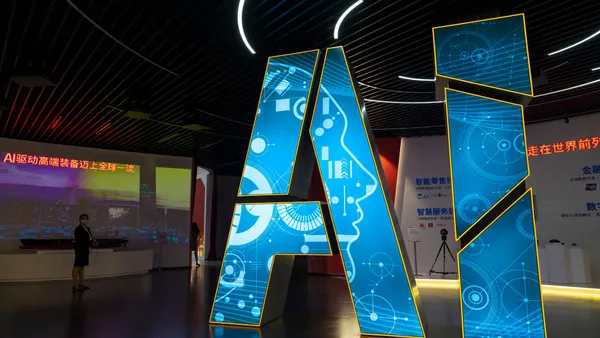Although U.S. middle school and high school students have the aptitudes for the nation’s most in-demand careers, they’re not inclined to pursue occupations in those areas due to a significant lack of exposure, according to a Jan. 29 report from YouScience.
Students could fill the skills gap in career fields such as healthcare, manufacturing, technology and finance, but they may need more awareness and exposure to potential jobs and education pathways.
“Our report highlights a crucial issue in education today: the exposure gap. Students have untapped potential for in-demand occupations but lack a clear understanding of their skills and how they align with careers,” Edson Barton, founder and CEO of YouScience, a technology provider focused on solving the skills gap crisis, said in a statement.
In more than 540,000 YouScience aptitude assessments taken in 2023, middle school and high school students across all 50 states completed a series of brain games to discover their aptitudes, interests and best-fit careers.
Overall, YouScience found that 39% of students have an aptitude for careers in health science, followed by 32% for computers and technology, 30% for agriculture and natural resources and 29% for advanced manufacturing.
However, despite their aptitudes for these key areas, students may not express a matching interest in pursuing these jobs. For instance, 75% more students have an aptitude for careers in computers and technology than interest, followed by 66% for advanced manufacturing, 48% for agriculture and natural resources and 43% for health science.
In addition, the report noted an exposure gap for students based on gender, race and ethnicity. About 87% more female students have an aptitude for careers in computers and technology than interest, while 54% more male students have an aptitude for careers in health science than interest. In addition, 73% more Black students have an aptitude for careers in advanced manufacturing than interest, and 69% more Hispanic students have an aptitude for careers in computers and technology than interest.
New college-to-career pathways, internship programs and on-the-job shadowing experiences could help close this exposure gap. The U.S. Chamber of Commerce Foundation received a grant to create more training opportunities for high school students and postsecondary learners. The foundation is launching a platform for learners and workers to create solutions for real-world, employer-led workplace learning challenges.
Companies in in-demand fields can also start their own initiatives by offering mentorship and pipeline opportunities. For instance, Netflix has embedded technology training programs at Historically Black Colleges and Universities and Hispanic Serving Institutions. Denny’s also launched a career development program for employees and aspiring industry professionals, which offers career pathways for high school students.














